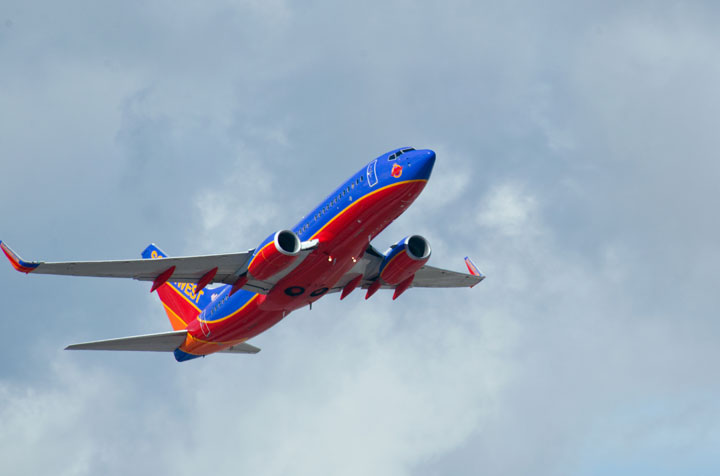On the face of it, Canadian air safety appears worse than the other developed countries. According to statistics computed by an airline safety expert, Canada at one death in 4.2 million flights lags behind the developed world with an average of one death in 20 million flights. However, don’t cancel your next flight just yet. Airline safety metrics are tricky to interpret and the answer varies by the choice of metrics.

Professor Arnold Barnett of the Sloan School of Management at MIT has spent a lifetime researching risks associated with air travel and is the world’s leading authority on the subject. He thinks there are no simple answers to the question “What are the odds of me dying in a plane crash?” The answer differs by airline, by country, and by the type of metric one chooses to quantify risk.
The global landscape varies considerably in airline safety. The developed world by far has the safest record in airline travel followed by the newly developed/industrialized countries. The mortality risk in airline travel in the least-developed countries, however, is an order of magnitude higher than that in the developed countries. Given that Canadians fly all over the globe for leisure and work, and on all sorts of budget and regular airlines, they should be mindful of the inherent risks.
Speaking at the Ted Rogers School of Management at Ryerson University last week, Professor Barnett explained the nuances in the choice of metrics that may make air travel appear riskier in a certain place than it really is. The devil is certainly in the detail. Consider the oft-cited metric of fatal accidents per flight hour, which according to Professor Barnett, has several limitations. The term ‘fatal accident’ conceals the number of fatalities and equates a crash with just one fatality with the one in which hundreds perished. Secondly, the flight hours fail to capture the real risk in flying that is more pronounced at take-offs and landings.
Professor Barnett prefers a simpler metric that divides the number of passengers killed by the number of passengers carried in a given time period. Though, being a math guru, he is quick to point out the limitations in his preferred metric. Still, it will be interesting to see how Canada measures up on airline safety with Prof. Barnett’s preferred metric.

Get daily National news
During 2000 and 2007, death risk per flight worldwide for scheduled service flights was one in three million. This translates into even a simpler explanation: if you were to take a flight each day, on average you would have to travel for 8,200 years before perishing in an air accident. I find the number more comforting than the odds stated as one in three million.
Despite the average global risk of one in three million, hardly any country carried the same precise risk. Some were significantly more or less riskier than others. For instance, during 2008-12, the developed countries, on average, had a death risk of one in 20 million flights. The newly industrialized countries reported a death risk of one in seven million flights. Whereas the least-developed countries had a risk of one in 600,000 flights. Big difference, if you ask me.
The above metric of death per flight also has a limitation. It equates a large airbus carrying several hundred passengers with a two-seater plane, counting each as a flight. If the size of the plane is accounted for, would the results differ? Apparently, they do.
Professor Barnett computes the risks for 2008-12 with the revised metric. The first (developed) world reported a death risk of one in 18 million boardings, the advancing countries reported a risk of one in 16 million, and the least-developed countries reported a death risk of one in 800,000 boardings.
Interestingly, the newly industrialized countries have almost caught up to the developed world in airline safety with comparable death risks. However, air travel in least-developed countries continues to be significantly riskier than the rest of the world. You may want to think twice about that exotic vacation you were planning for years!
And how safe is air travel in Canada? It indeed depends on the metric we use. For 2008-12, the death risk per flight in Canada was one in 4.2 million, worse than the average risk in other developed countries. However, if one were to select the alternative metric, Canadian air travel is much safer than the developed world with a death risk of one in 45.3 million boardings. The reason: the Canadian deaths involved very small planes, whereas most Canadian travel takes place in large aircrafts.
And if you want to know which one is the safest of all the airlines, Professor Barnett has an answer: it’s Southwest Airlines. But he is quick to add “it depends.”







Comments